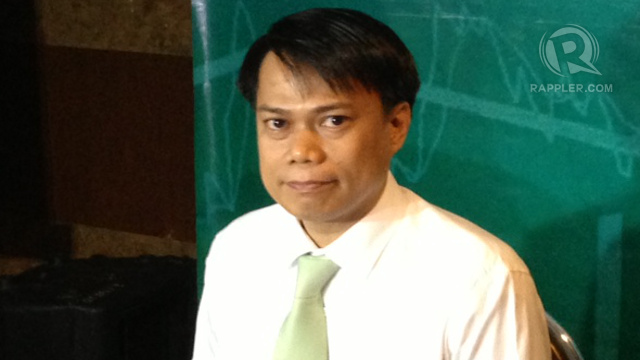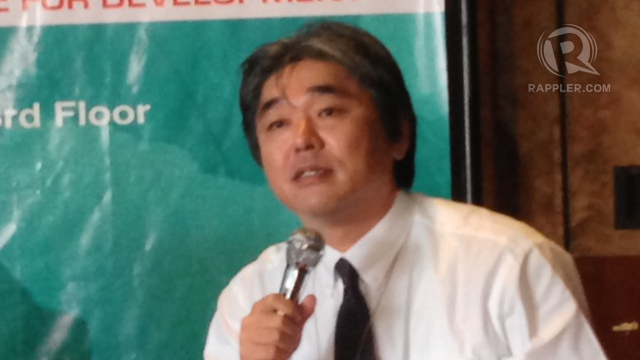SUMMARY
This is AI generated summarization, which may have errors. For context, always refer to the full article.

MANILA, Philippines – The Philippines was able to attract more foreign direct investments (FDIs) in 2012, but the country still lagged behind most of its Southeast Asian peers.
Citing the United Nations Conference on Trade and Development (UNCTAD) World Investment Report 2013, Bangko Sentral ng Pilipinas (BSP) Economic Director Zeno Ronald Abenoja said FDI inflows grew 54% to $2.797 billion in 2012 from $1.82 billion in 2011.
“FDI flows to the Philippines have grown steadily in recent years. We have attracted a lot of investments from other region,” he said.
Abenoja said the 2012 figure was the highest since 2007, when the Philippines received $2.56 billion FDIs.
He said the FDIs went to the manufacturing, real estate and financial sectors. The investments came from the US, Japan and other ASEAN countries.
ASEAN laggard
However, the Philippines’ FDIs were still “too small” compared to the volumes seen by peers in the region, said Asian Development Bank senior country economist Norio Usui.
The country’s share in total FDIs ($326 billion) in East and Southeast Asia was less than 1% in 2012, according to the UNCTAD report.
ASEAN countries that got more investments than the Philippines in 2012 include:
- Singapore: $56.65 billion
- Indonesia: $19.85 billion
- Malaysia: $10.07 billion
- Thailand: $8.6 billion
- Vietnam: $8.4 billion
Usui said deficient infrastructure, poor business climate and high wages have kept the Philippines from achieving its potential to become a prime investment destination.
Job creation missing link
Usui also cited the need for the government to create more high-quality jobs in key sectors such as manufacturing to address the gap between economic growth and development.
“There’s a missing link. The Philippines has a very high economic growth but a slow poverty reduction,” he said.
The Philippines posted a faster-than-expected growth of 7.8% in the first quarter, but poverty incidence in the country remained almost unchanged at 27.9% in the first half of 2012 versus 28.6% in 2009.
The country’s unemployment rate, meanwhile, rose to 7.5% in April from 6.9% the year before.
“The government should focus on job creation, but the jobs should be diverse and high quality,” Usui said.
He said the government must take into consideration 3 factors in job creation:
- SIZE: Accelerate creation of jobs to offset the number of new entrants in the labor force.
- TYPE: The jobs should be spread across sectors.
- PRODUCTIVITY: The jobs should be high quality and high yielding.
– Rappler.com
Add a comment
How does this make you feel?

There are no comments yet. Add your comment to start the conversation.